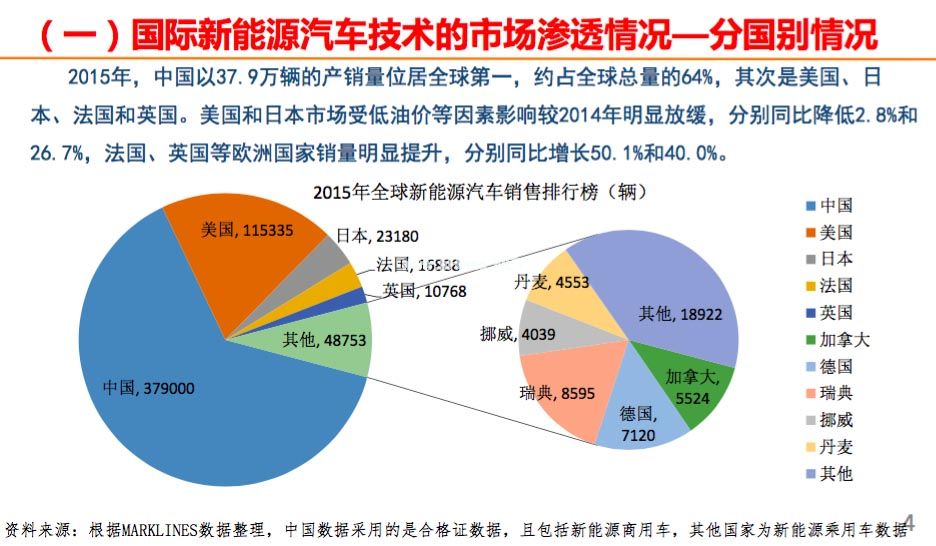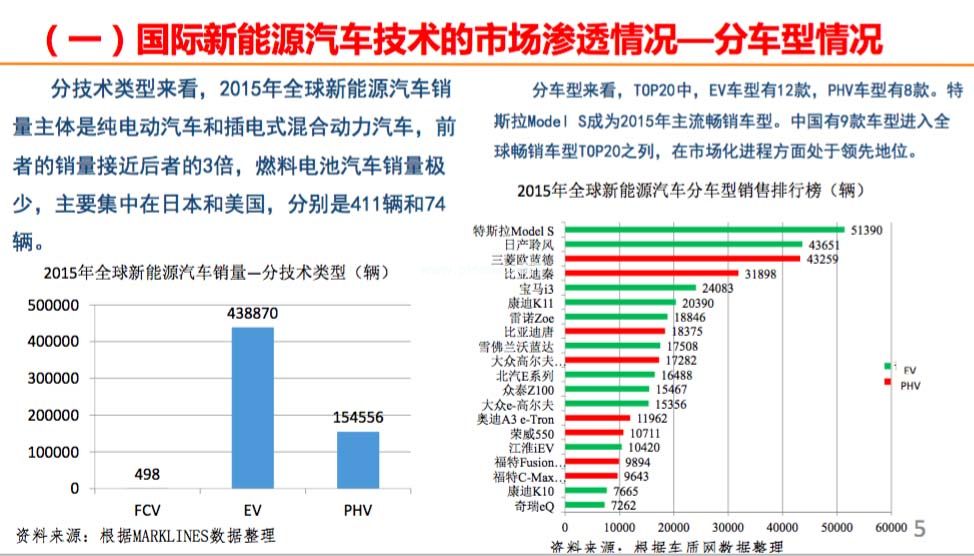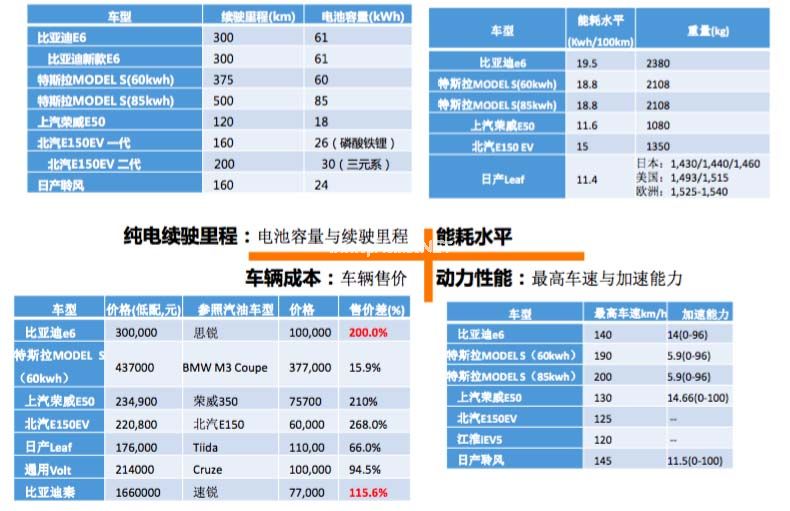At the beginning of July, experts from various fields gathered at the China Energy Research Institute's high-level seminar on new energy vehicles to discuss the development dilemma and development plan of the domestic new energy automobile industry. In particular, the barbarians who entered later opened up another path. After the unmanned and electric vehicles were grafted together, the traditional car companies should be more vigilant, integrate resources, focus on research and development of power batteries, and fundamentally break through the bottleneck. To achieve overtaking in corners. First of all, let's take a look at the current status and trends of new energy vehicle technology development at home and abroad. The following is a live speech from Hou Fushen, Deputy Secretary General of the China Automotive Engineering Society.
This article refers to the address: http://

Hou Fushen, deputy secretary-general of China Automotive Engineering Society In 2011, the annual sales volume of new energy vehicles in the world was 50,000 vehicles. Last year, it was close to 600,000 vehicles. The total number of possessions was estimated to exceed 1.3 million, and it entered a scale industrialization. stage. The momentum in the first half of this year has continued to be maintained. From January to May, global new energy vehicles sold 234,000 units, an increase of nearly 70% year-on-year.
From the perspective of the country, last year we had a encouraging and encouraging development that exceeded the United States as the world's largest producer and seller of new energy vehicles. Last year, we produced nearly 380,000 vehicles, accounting for about 64% of the global total. More than 60% of the world's new energy vehicles are in our country. From the perspective of the scale of the industry and the marketization process, we are indeed the leader, but There is still a big gap in technology.
Overview of global new energy vehicle development and overall trends

From the perspective of the country, the United States has developed relatively smoothly over the years, and new energy vehicles are basically sold at 100,000 vehicles per year. Japan’s current volume is not particularly large. In particular, there was a relatively large decline last year. Our analysis is mainly influenced by oil prices. In addition, Japan’s ordinary hybrid vehicles are developing very fast. In fact, the total amount is limited. He may, to a certain extent, also affect the development of pure electric vehicles. In Europe, like France and the United Kingdom, the development is relatively fast, with a growth rate of 40%.
From the perspective of the model, the new energy vehicles are now defined by our country, mainly pure electric and plug-in hybrids, as well as fuel cell vehicles. At present, it is mainly in the pure electric and plug-in hybrids, especially the pure electric vehicles. Fuel cell vehicles are now in the early stage of industrialization from the global perspective, that is, the market introduction stage of products. The main sales volume is in Japan, the United States, and in fact, mainly Toyota sales. Last year it was about 500 cars.

Among the best-selling models, pure electric is still the majority, with 12, especially Tesla, and now is the global sales champion. China also has nine cars that have entered the top 20 of the world's best-selling models, and are indeed in a leading position in terms of marketization.
The overall technology trend, new energy vehicles have two aspects. First, some technological developments of new energy itself, this big trend is very clear to everyone, nothing more than the core of the power battery, how to improve energy density, how to improve driving range, including reducing costs. However, we also look at the trend of the entire automotive industry from another level, and it is also a major trend in the development of new energy vehicles. I think there are three main aspects: lightweight, intelligent, and low-carbon.
Lightweight: Every 1% of weight loss, the energy saving effect is still very significant. Especially for new energy vehicles, because the energy density of batteries is still relatively low, the weight of the whole vehicle is still relatively heavy, and it is more lightweight for new energy vehicles. At the same time, lightweighting is not only a technological advancement and innovation, but more importantly, it will bring about some major changes to our traditional manufacturing processes, including production models.
For example, like the BMW i3, the carbon fiber material is widely used. It now weighs only 1195 kilograms, which is 250-350 kilograms less than the traditional one. The weight reduction effect is very obvious, and the weight of the body is heavy. At only 180 kg, the entire composite usage rate is 50%.
Therefore, carbon fiber, a new lightweight material, may be popularized and applied in electric vehicles in the future. In addition, Tesla has also done a lot of work on the use of aluminum alloy materials.
Intelligent: These two years are very hot. Even to some extent, I feel that there is a kind of heat that exceeds the new energy. Whether it is from the traditional car or the combination of electric vehicles, it is a new development. Hot spot. For electric vehicles, there are more advantages in application, because the level of electronic control itself is relatively high. According to the development prospects of the international consensus, Japan and Europe currently expect to achieve fully automatic driving in the period of 2025-2030, which is about ten years. I think this is also an important direction that everyone needs to pay attention to.
Low carbonization: The low carbonization mentioned here is actually a concept of a whole biological cycle. We now have different voices in the development of electric vehicles, including the question of whether electric vehicles can reduce emissions in the end, mainly because of the structure of electricity. Coal-fired power is close to 70%. If the energy consumption of electric vehicles cannot be controlled to a reasonable extent, there will be a situation of no emission reduction. From a future perspective, it is necessary to introduce renewable energy sources to truly achieve low emissions and zero emissions of the biological cycle. This is not only our concern. In the past few years, the international community has invested a lot of energy. In particular, Europe, the United States, and Japan have done a lot of experimental verification work in this area, actively promoting new energy vehicles and renewable energy. The integration, this future is also our important development direction.
A very important part is that if new energy vehicles and renewable energy sources, including smart grids, are integrated, it will not only solve the problem of environmental benefits, but more importantly, it will also bring economic benefits, especially It is the use of the battery ladder. If the utilization of the power battery can be realized, the cost reduction for the new energy vehicle and the rapid popularization will be very important.
Domestic new energy vehicle technology progress
In terms of models, we are mainly based on pure electric vehicles. In pure electric vehicles, the number of commercial vehicles and passenger cars is equivalent, which is why we are not the same as foreign countries. Globally, the focus of foreign countries is still on passenger cars. We also made statistics on the top 10 sales in the market last year. The current sales champion is plug-in, and the amount of BYD Qin is relatively large. Among the top 10 models, there are 7 models for pure electric and 3 for plug-in type.

Specifically, the progress of the technology. For pure electric passenger cars, the development of a dedicated electric chassis with a new structure that adapts to the characteristics of electric vehicles, including the development of a new structure, is a very important sign. Because the previous stage was basically a modified car, it was modified on the basis of the original fuel car, so many performances were not optimized.
A hot sale light tower is a portable lighting system that is commonly used in construction sites, outdoor events, and emergency situations. It consists of a tall mast with multiple lights attached to it, providing bright illumination to a large area.
Some of the features of a hot sale light tower may include:
1. High-quality lighting: The lights on the tower are typically LED or metal halide lights, which offer bright and efficient illumination.
2. Adjustable mast: The mast of the light tower can be extended to various heights, allowing the lights to be positioned at different angles and cover a larger area.
3. Easy transportation: Light towers are designed to be easily transported from one location to another. They often have wheels or a trailer hitch for easy towing.
4. Fuel efficiency: Many light towers are equipped with energy-efficient engines that consume less fuel, making them cost-effective and environmentally friendly.
5. Durability: Light towers are built to withstand harsh weather conditions and rugged environments. They are often made of sturdy materials such as steel or aluminum.
6. Noise reduction: Some light towers are equipped with noise reduction technology, which helps to minimize noise pollution in residential or sensitive areas.
7. Remote control: Certain light towers come with remote control capabilities, allowing users to easily adjust the lights and other settings from a distance.
Hot sale light towers are popular among construction companies, event organizers, and emergency response teams due to their versatility and ability to provide reliable lighting in various situations.
Hot Sale Light Tower,Led Indication Light Towers,Metal Light Towers,Stadium Lighting Towers
Grandwatt Electric Corp. , https://www.grandwattelectric.com